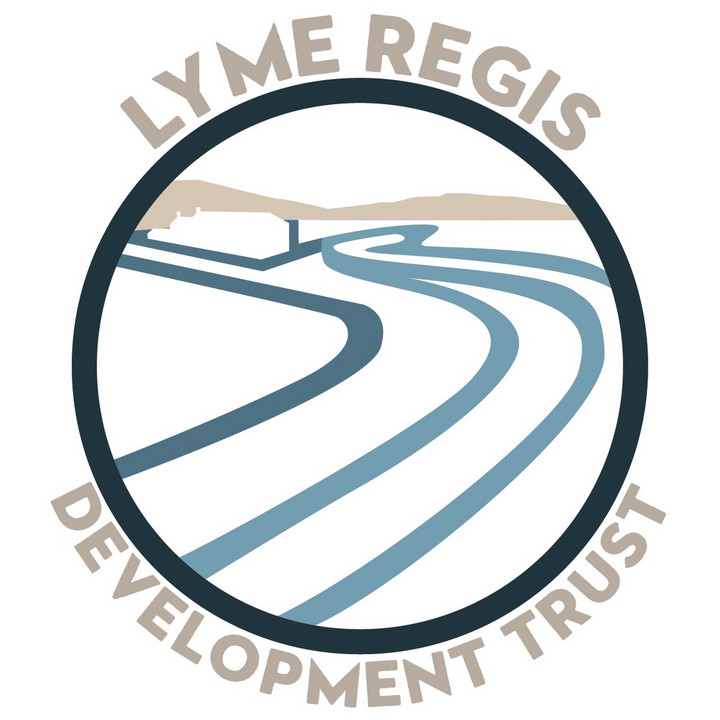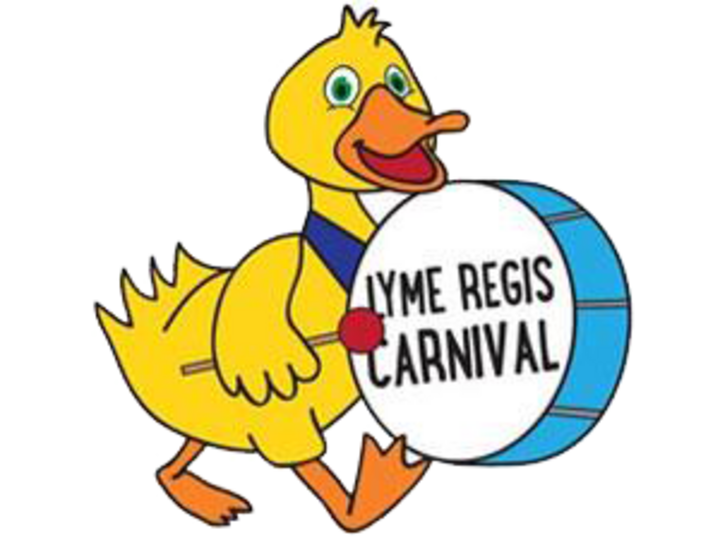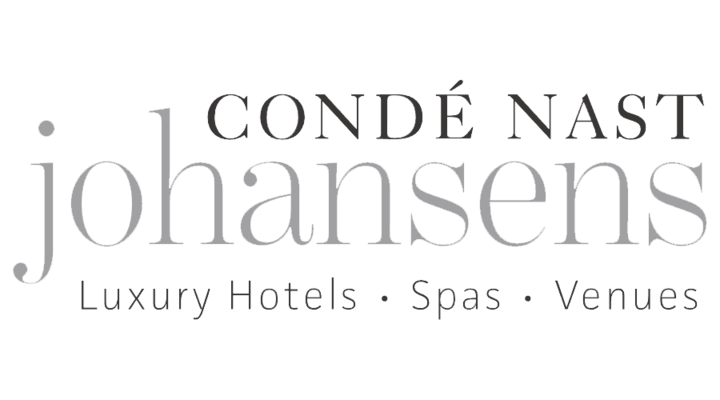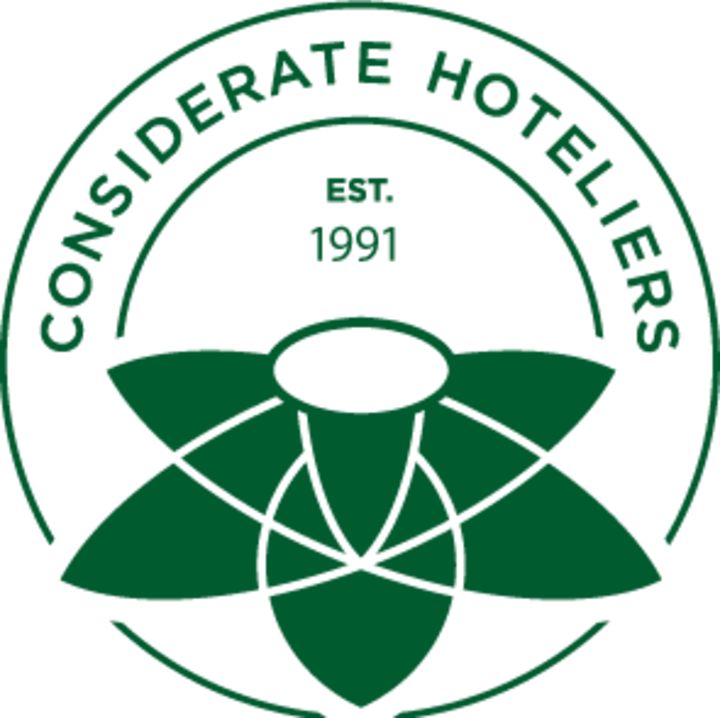

Our History
A Brief History of Poulett House, now the Alexandra Hotel and Restaurant – Built 1735 (Architect unknown). By tradition Poulett House was built as a dower house for the Countess but it would appear that it was to be the semi-retirement residence for the 1st Earl and Countess Poulett.
It was not a large house and stood in a mere three acre plot and could not compare with their mansion a day’s ride at Hinton St. George. There seem to have been no more than three main bedrooms and five other rooms on the upper floor. A large basement housed wine cellars and stores. The current hotel sitting room was the dining room and the room above (room 12) a drawing room. Built of stone with a slated roof the house had a lodge entrance and gates opening into the familiar cobbled yard with stabling for four horses (now Poulett Hall). Between the garden and the path along the shore from the town to the Cobb, known as ‘The Walk’, there was a sloping meadow.
The Countess died in 1747. Her son Vere, the 3rd Earl, who had succeeded his brother, erected a monument to her which reads: “Ah, Best of Mothers, farewell. You are lamented for your honour, your virtue, your generosity, your unswerving loyalty and your friendship.”
The house certainly stayed in the family’s possession until at least 1789. Plymouth.
John Gould
The great ornithologist John Gould was the son of the head gardener at Poulett House and born in Lyme in 1804 (some of his prints are hung in various spots around the hotel). It is said that his earliest memory was of being lifted up to see the blue eggs of a hedge sparrow and from that moment was “enamoured of nature”. His scholarship contributed to Darwin’s work on ‘The Origin of Species’ and he produced definitive works on both birds and mammals. At the Great Exhibition of 1851 he mounted a display of 1500 examples of humming birds apparently flying freely in the huge glass house.
“Impossible to imagine anything so lovely”, wrote Queen Victoria in her diary.
The Summer House and Tower
At some stage in the second half of the nineteenth century Poulett House and garden were embellished with the tower (which still stands) and a two storey summer house, later called the Lecture Room. Dancing classes were held here at one time. The white lines of a tennis court on the lawn may be seen in a photograph from the end of the century.
1861: The Ingrams
The house was occupied by Hughes F. Ingram, a widower of 65, his sister, her son and seven servants. He bought it somewhat later, in 1868.
The Ingrams had a colourful background; shipping magnates from Liverpool, they made their fortune in the eighteenth century slave trade and from privatering.
1884: The Chapel (Poulett Hall) and the Rev. Edward Peek
Sir Henry Peek, the tea planter, bought Poulett House for his brother, the Rev. Edward Peek. Rev. Peek educated at Trinity Hall, Cambridge and widely travelled, refurbished Poulett House luxuriously and converted the stables into a chapel in 1884.
Evensong continued in the Peek Chapel until 1973 when the Rev. Peter Nicholson became vicar. He continued with the early morning mass but decided to say evensong in the Parish Church. Due to falling numbers in the congregation, Rev. Murray Dell decided to cease all services in the 1980’s. The chapel was deconsecrated. In 1999 it was sold and the name changed to ‘Poulett Hall’. The new owners of the Alexandra (the Haskins family) bought this little chapel and it found itself back in the care of the main house once again. The money from the purchase went to the newly established charitable trust.
The hall came back to life once more, when in January 2001, lit with candles and filled with flowers it became the venue for the marriage blessing of the Haskins second daughter.
It seems that Sir Cuthbert Peek inherited Poulett House from his uncle and sold a part share to Reginald and Josephine Talbot from Rhode Hill near Lyme. Their intention was to turn it into a grand hotel. It was the prospect of a branch railway line to the town that no doubt fired the Talbots’ ambitions. Despite considerable delays the line was completed finally in 1903. By then however, the house had been bought for £4,500 by John Munster, Joseph Radcliffe, Edward Mostyn and George Marie Stanislaus Guillaume Joseph Antoine Aloysius Louis Gasagne, Duc de Stackpoole.
1901: The Alexandra Hotel
It was the Duc with his partners, who in 1901 converted Poulett House into Hotel Alexandra after Princess Alexandra, wife of Edward VII.
It was surely a speculative venture as the hotel was on the market again in 1903. The Bill of Sale described the lot thus:
“Fifteen Bedrooms, Spacious Landings and Lavatories, Coffee Room and Smoking Lounge, Large Dining Hall, Drawing Room, Reading Room, Office, Kitchen and Offices”. But it went on to add, “The accommodation has proved altogether insufficient; indeed, since the opening the capacity for accommodation has not equalled a tithe of the demand for rooms. The trade is of an all-year-round character, requiring such expansion as can only be afforded by the building of an up-to-date Hotel, for which there is a grand site on the Upper Land, commanding magnificent and uninterrupted Sea and Inland Views.” Even allowing for ‘agent’s hype’, the Alexandra was clearly a success from the start.
The Twentieth Century
Virtually nothing is known about the Alexandra in the years after the Duc sold it to S.H. Petre, Esq. in 1903 except that it was owned by him for 20 years. In 1923 Mr. and Mrs. Archibald Hinton took charge. Mrs. Hinton died in 1940 but the hotel stayed open throughout the war during which time Barnes Wallace became a resident whilst testing his ‘bouncing bomb’ in the fleet at Chesil Beach. Wallace was fondly remembered by one of the maids for his generous tip of £5, more than her normal weekly wage.
Mr. Ray Lewis of Reigate, Surrey, writes:
“My first memories of the Alexandra are of family summer holidays in 1946 and 1948. In 1946 I was seven. I remember the fresh crab and particularly the mulligatawny soup, which I loved and also the games room at the western end of the main building, where I played table tennis. There was a conservatory full of wickerwork furniture, which seemed to me to be enormous.
I also enjoyed the garden. It had mysterious shrubberies where a small boy could play camps and hide from grownups. I particularly liked the way I could walk down to the beach by pathways reached through a gate from the garden. I felt these were my own secret places and secret paths. Chickens were kept and in later years grey chinchilla rabbits were bred to sell for their fur. I was allowed to choose a baby rabbit to take home with me as a pet. Something else that fascinated me was a turntable for cars in the garage, although I was deeply disappointed to never see it used.
In 1949, because my mother was not well, we spent Christmas at the Alexandra, together with my grandmother. On Christmas day morning the manager gave the guests drinks in his private sitting room, the most easterly ground floor room in the hotel. This visit was notable in that I have been told we stayed free of charge as guests of the then owner manager, Mr. Hinton. I remember him as a quiet and serious man in a dark suit, gravely bringing my father his dinner time pale ale in a silver tankard on a silver tray. Mr. Hinton had a lively and personable lady assistant manager called, I believe, Miss Harris. I can remember being fascinated by an overheard conversation between my parents in which one of them wondered “……why don’t they just get on with it and get married, I can’t imagine…..”. After Mr. Hinton’s death, I believe Miss Harris ran the hotel on her own for a time.”
Indeed she did. Mr. Hinton left it to Lottie Harris in his will and she stayed until 1963.
Mr. and Mrs. Manley Jones with Mr. and Mrs. Harris then owned the hotel followed by Peter Moore and Grace Maynard in 1967, their tenure was marked by several actions affecting the style of the building that would surely never be sanctioned by a planning authority today. An extension was added to the eastern side of the original house for their own use. Plate glass windows were put in the dining room and conservatory and the cottage in the courtyard sold off.
Mr. and Mrs. Margaroth, the owners from 1971-1978, had a better feel for the old place. He was Austrian and his guiding principle was to make the hotel one in which he would wish to stay. He furnished the rooms with antiques and added en- suite bathrooms to all the bedrooms. He also restored the tower in the south west corner of the garden that had fallen into disrepair after a fire. A family of Lyme hoteliers, the Blackshaws took over briefly, followed by the Andersons who extended the dining room by knocking down the wall between it and the games room.
In 1982 David and Nina Haskins, hoteliers from Somerset bought the Alexandra and it remains in the same family to this day. All of the original buildings, once part of the house, that had been sold off were purchased back with the purchase of the chapel in 1999 (as previously mentioned) and the courtyard cottage (originally the laundry and bedrooms) the house is complete once again.
Over the last 30 years the hotel has gained many accolades from authorities such as the RAC, AA, Good Hotel Guide, Which? Conde Nast Johansens and more.
Many famous guests have passed through the doors of the Alexandra but 2007 brought the hotels most famous visitor; HRH Princess Anne during her visit to Lyme to perform the opening of the ‘Lyme Regis land stabilisation and coastal protection scheme’.
Many changes have been made to this historic house over the years with more yet to come. As guests demand ever higher standards from their Lyme Regis hotels, the Alexandra is continually being renewed and rejuvenated to meet the expectations of this ever changing world.
The old house creaks its approval and lives on…











